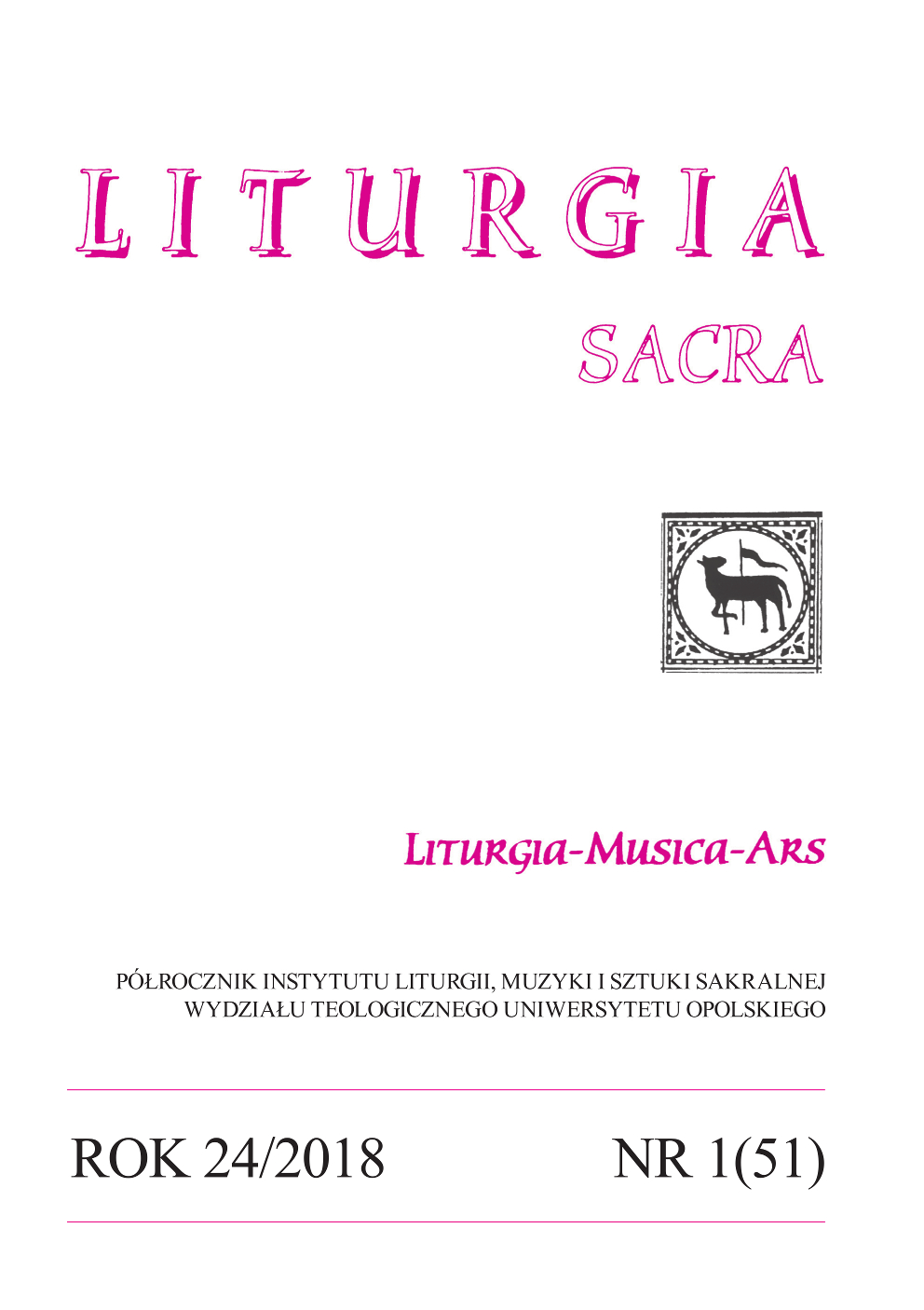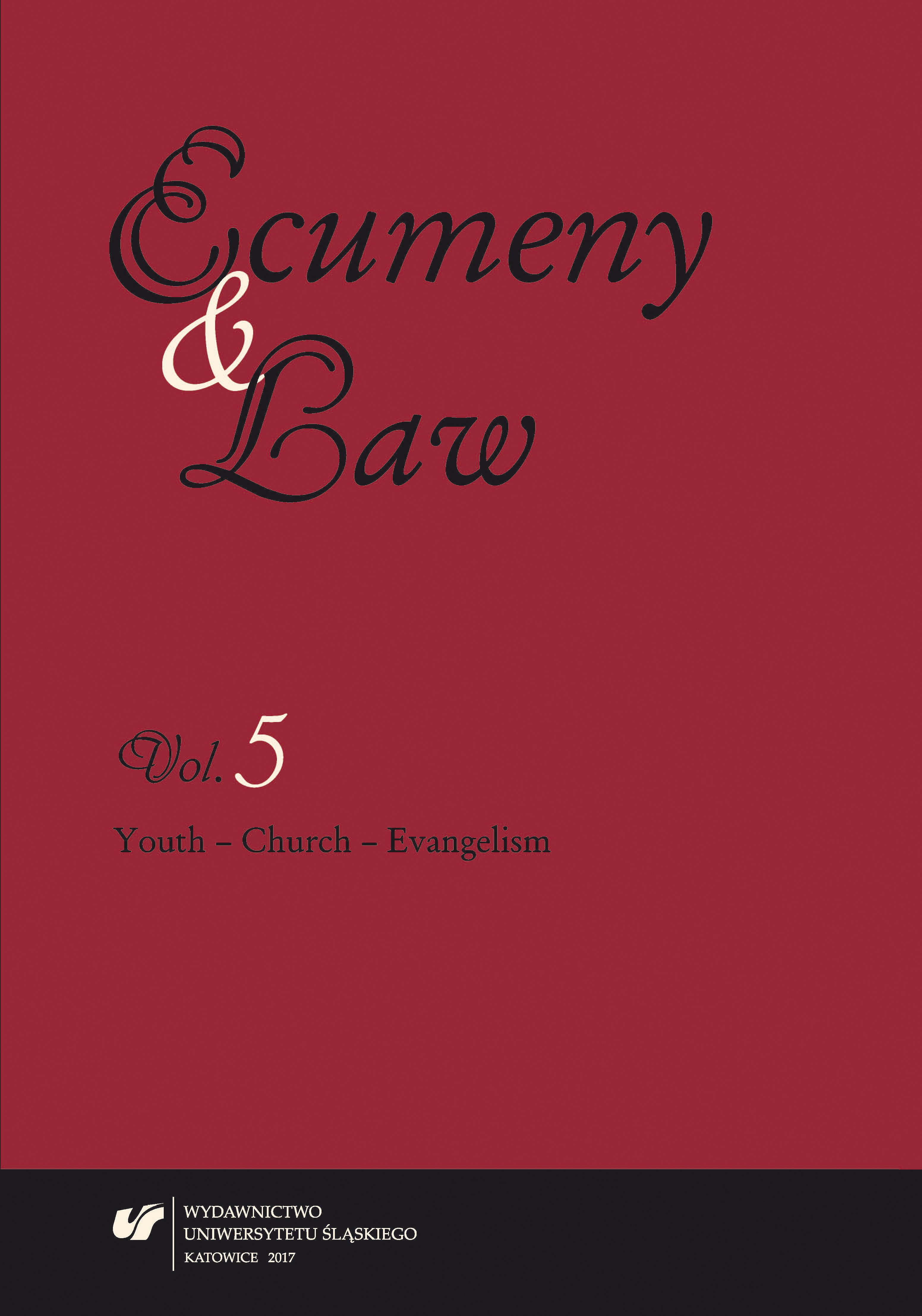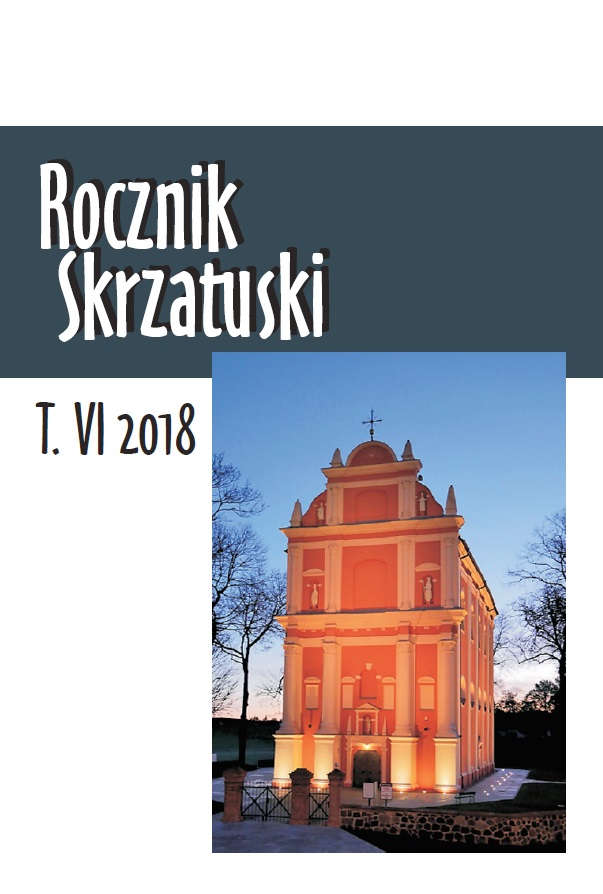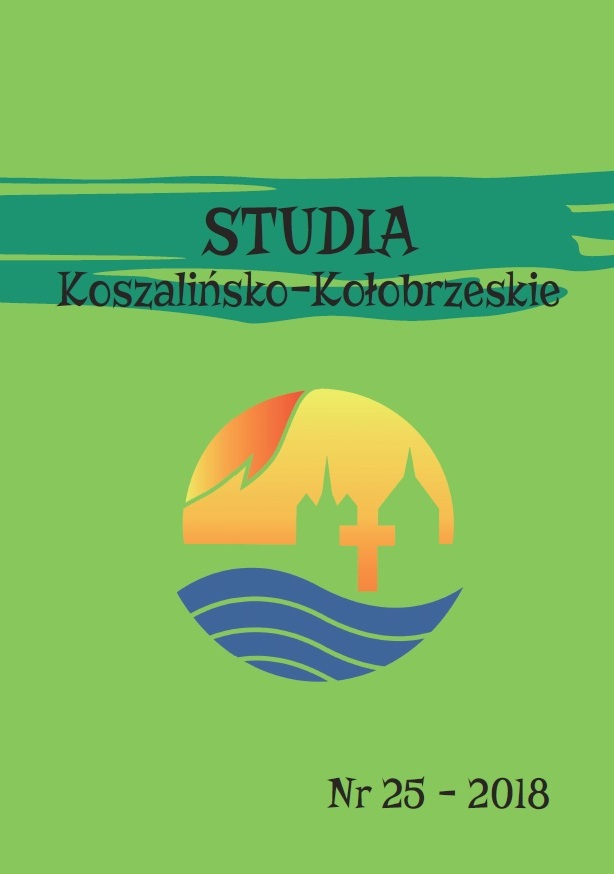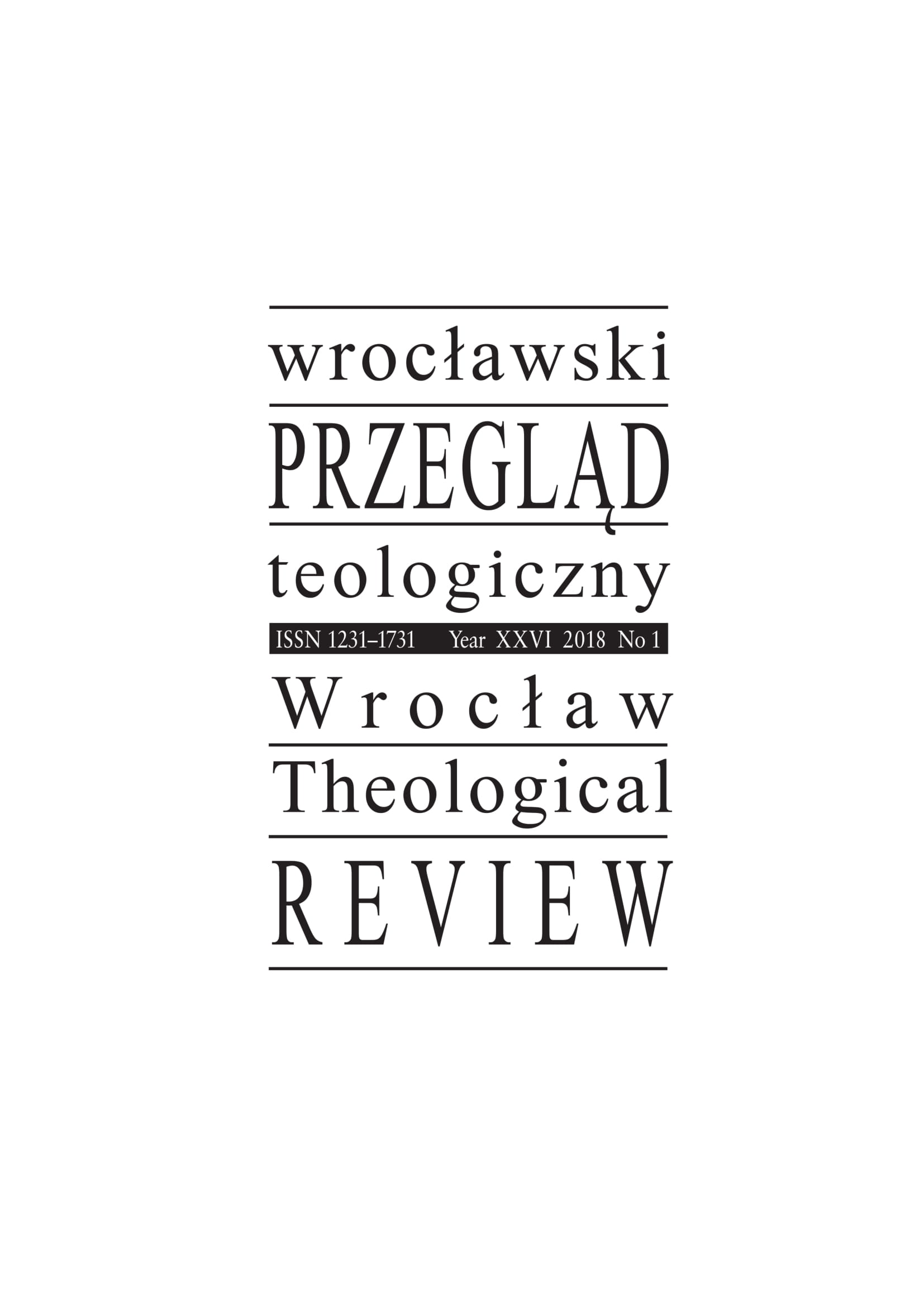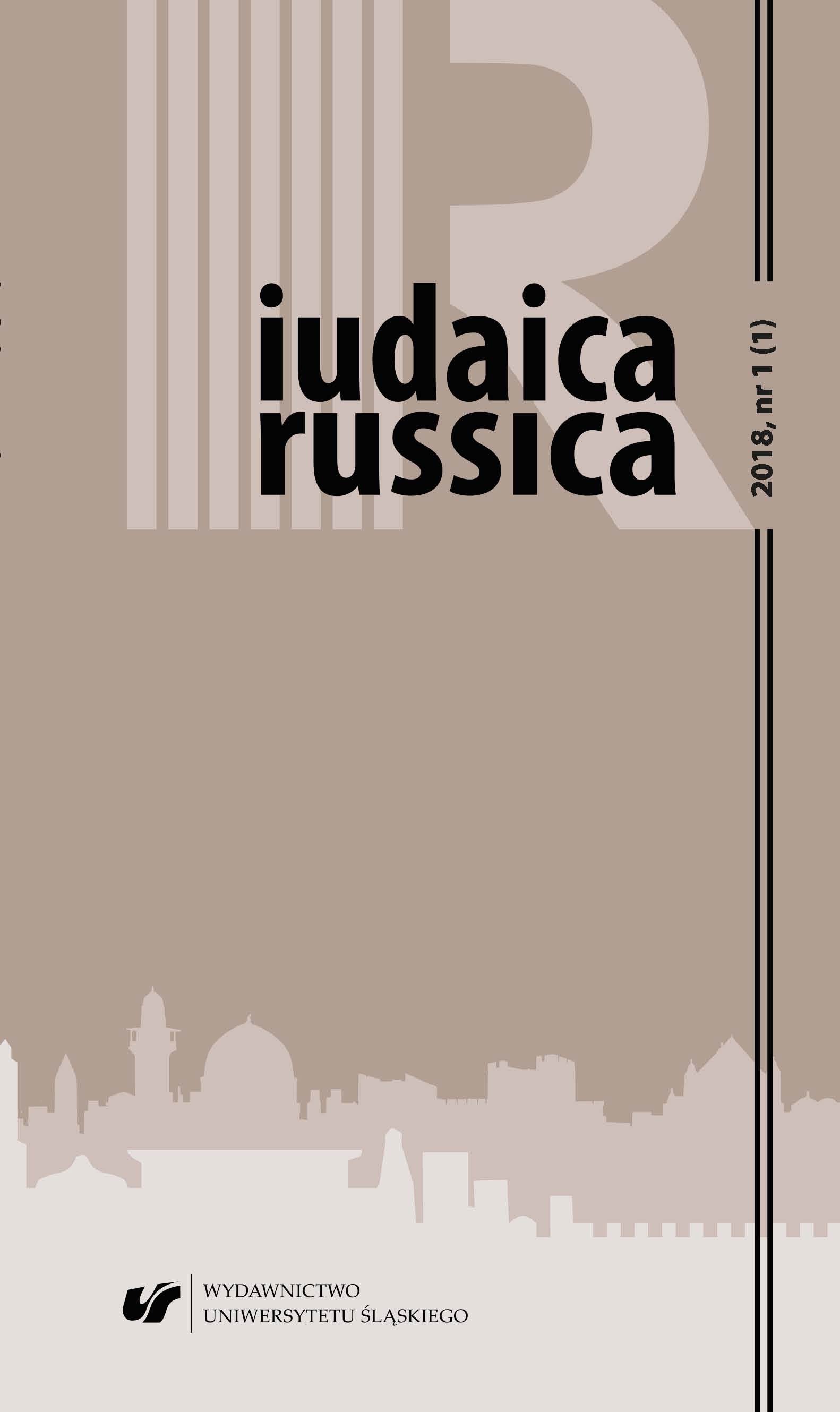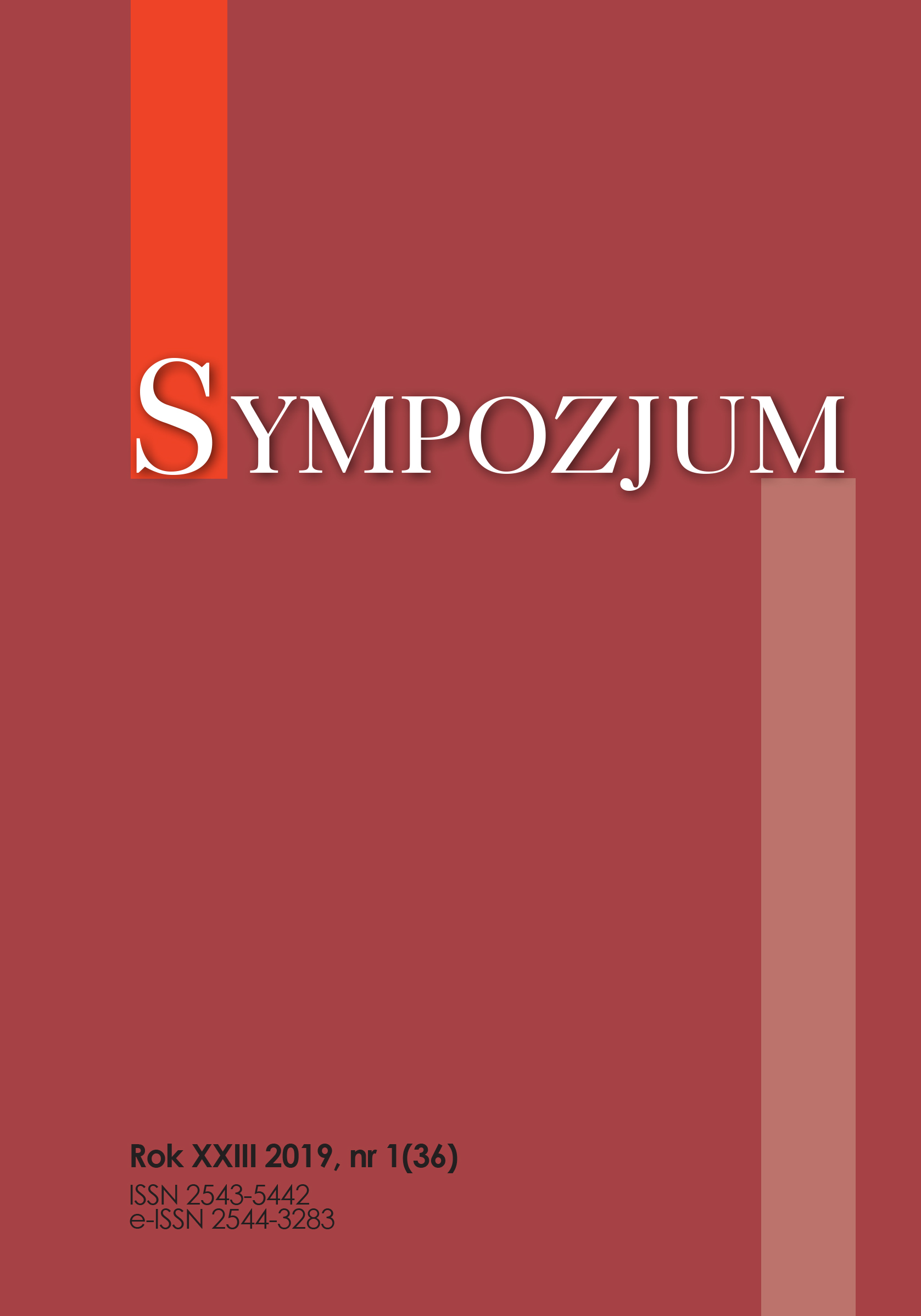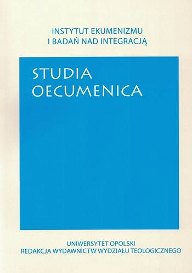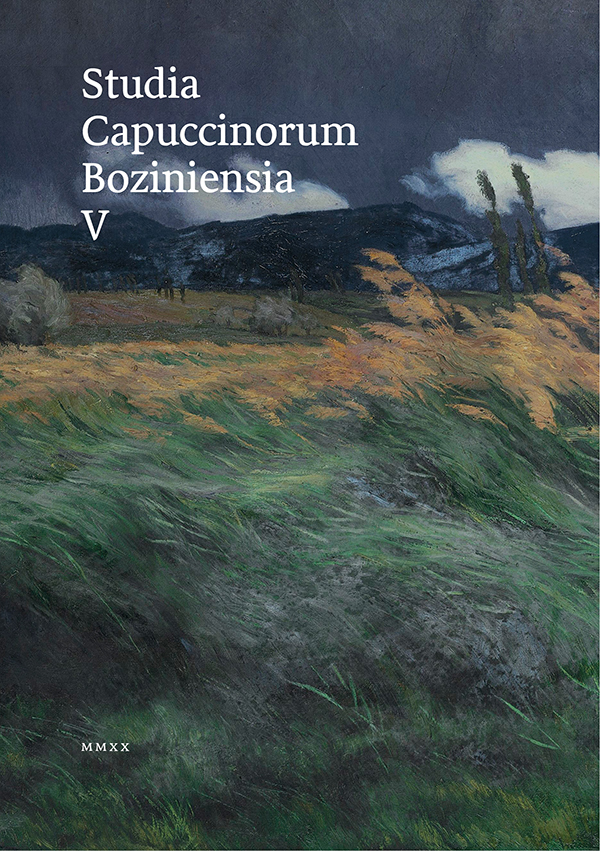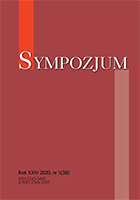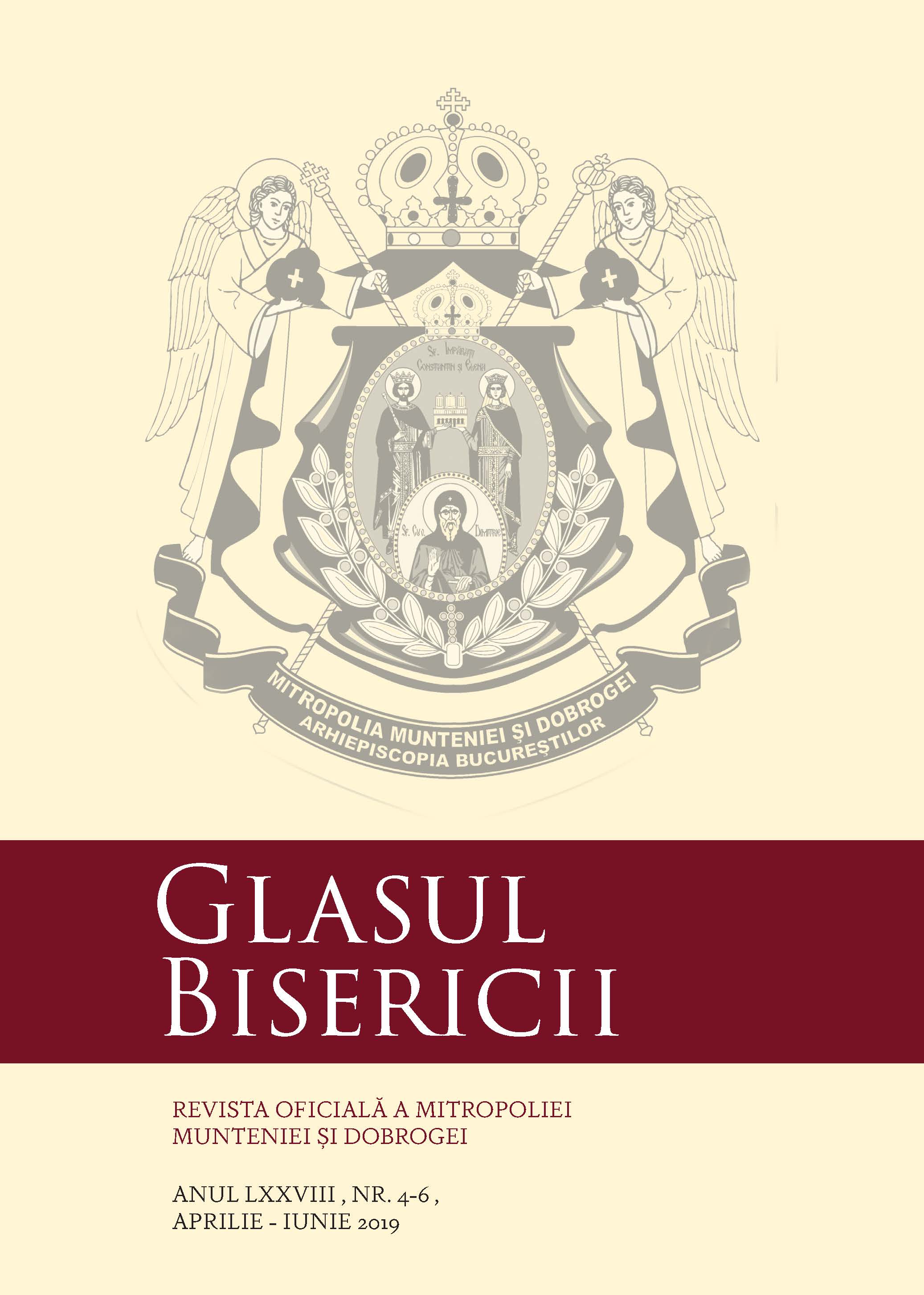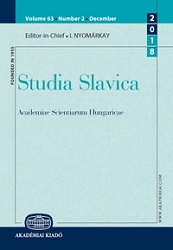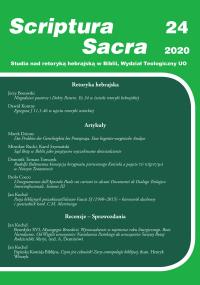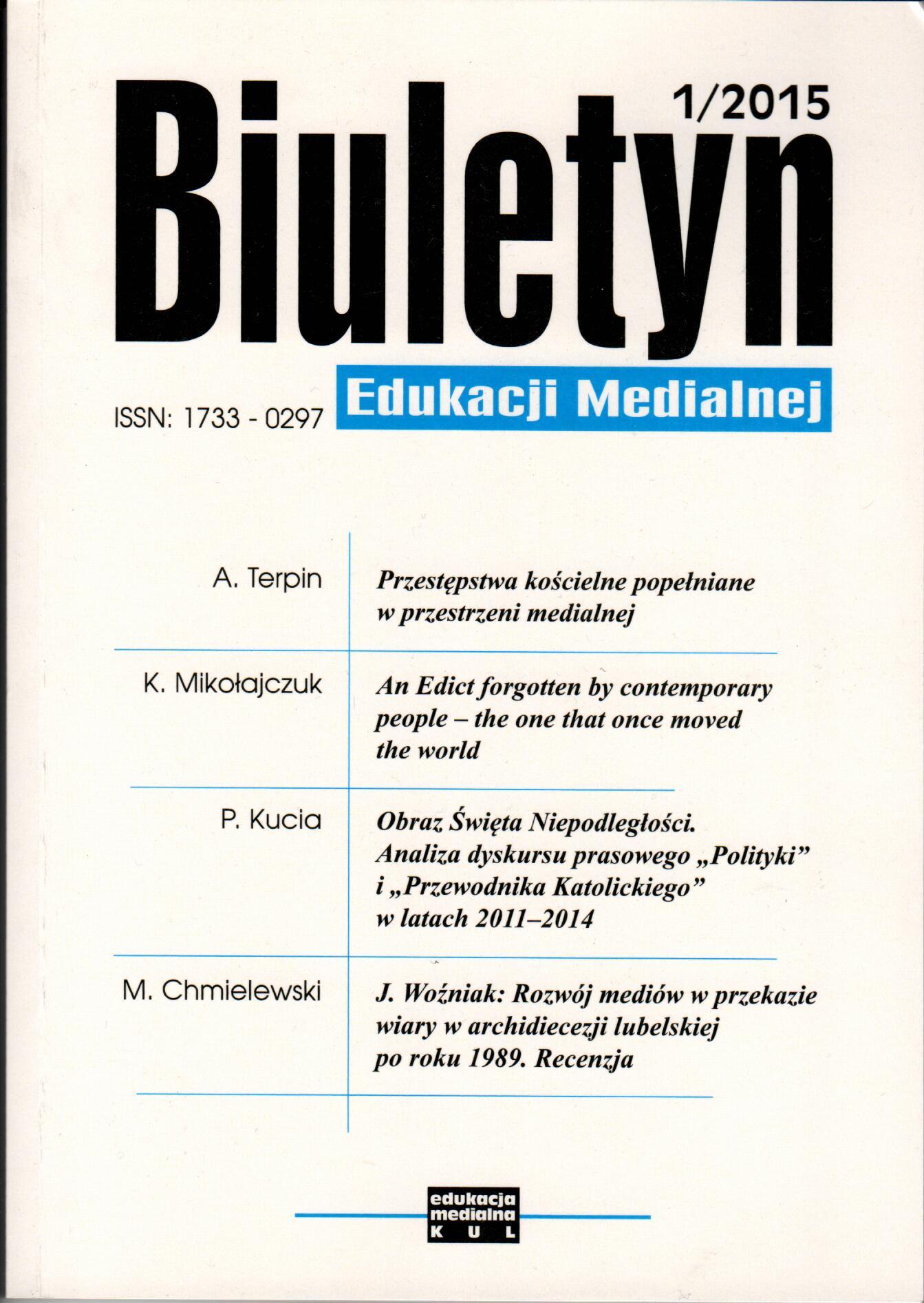
Grzegorz Umiński. Katolickie rozgłośnie radiowe w Polsce w służbie ewangelizacji na przykładzie Radia Rodzina we Wrocławiu. Wydawca: Michał Wyrostkiewicz, Lublin 2014, ebook, 978-83-939028-2-8.
The publication Katolickie rozgłośnie radiowe w Polsce w służbie ewangelizacji[…] is the first book by Grzegorz Umiński, a young researcher and PhDstudent of Media Education at The John Paul II Catholic University of Lublin(Poland), and an information technology student. In his monograph deals withthe issue of using media for the evangelisation. The main corpus of the work isdivided into three chapters that constitute the logical and coherent whole. Each ofthe chapters is devoted to the discussion of particular matters.
More...
